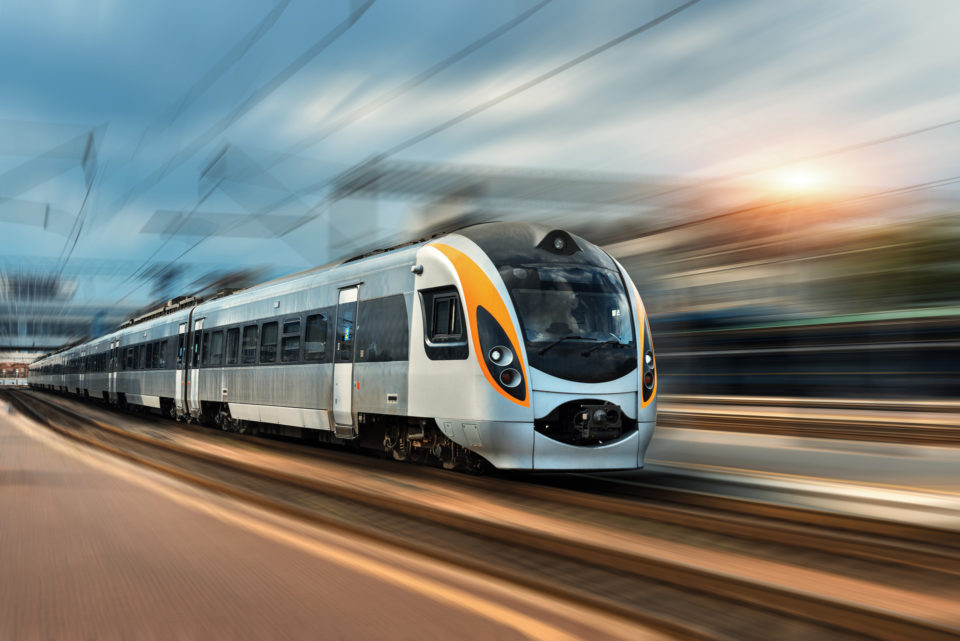10 key learnings from our Batteries for… Rail webinar

In the final session of our Batteries for... series, we dive into the current activities for decarbonising rail and how batteries can be a part of an innovative solution.
Building on the successful launch of the Cross-Sector Battery Systems Innovation Network, we are running a webinar series that looks into the opportunities and trends for Batteries in Defence, Maritime and Rail. Each session will bring together experts looking at the supply and demand side for batteries, technical requirements and explore how these wide range of sectors can decarbonise through batteries. We follow up each webinar with 10 key learnings gleaned from the session.
In this webinar we heard from Sam Bemment of the Railway Industry Association who gave an overview of where the decarbonisation of rail is headed and the challenge to decarbonise not only the rolling stock, but also the rail infrastructure. David Dempsey of Angel Trains gave some practical case studies of how batteries are being used in rail applications and he was followed by Martin Dowson of WMG who presented on technical targets for batteries by 2030.
10 key takeaways:
- Rail only makes 2% of land surface emissions in the UK and already has a list of impressive green credentials.
- There’s no denying the science that continuous electrification is the best solution. However, not all parts of the network will benefit the same way, so other alternatives and technology synergies are also key.
- The market segment ripe for innovation, are the maintenance vehicles and tools used by railway networks. There is also a strong business case to have line side energy storage units.
- Battery costs for rail are ten times what you see in the automotive sector. However, it is the most viable option due to the higher costs of electrification.
- Angel Trains made the case for a hybridised energy source, which lowers the initial cost of investment, while making the most of available technology.
- As the entire rail network isn’t electrified, these hybrid and bi-mode options are available to lower the carbon footprint of these sections.
- There is a lot of research underway to understand the diverse variables for different sectors to meet future requirements.
- Cost-saving opportunities in a post-covid world are of high priority while keeping in mind the safety of rail users.
- Thermal management is achieved through a mix of liquid and air cooling.
- Batteries vs hydrogen: Batteries fills in the gap where total electrification cannot be achieved. Hydrogen then comes in to support as an energy source when a train hasn’t halted long enough to charge. This again reiterates the point of not looking at solutions in isolation and independent of existing technologies.
As with our previous webinar, there were a number of questions presented to the panel and we have gathered them together within this document.
During the session, we ran a poll with the attendees, where 100% found this series very useful and informative. You can review these sessions at any time and please feel free to get in touch if you would like to make a connection within the network.
Related Content
Related programme

Innovation Networks
Through our Innovation Network programme, we’ve united some of the best minds and greatest thinkers from across the UK in areas of innovation, development and new technologies.



